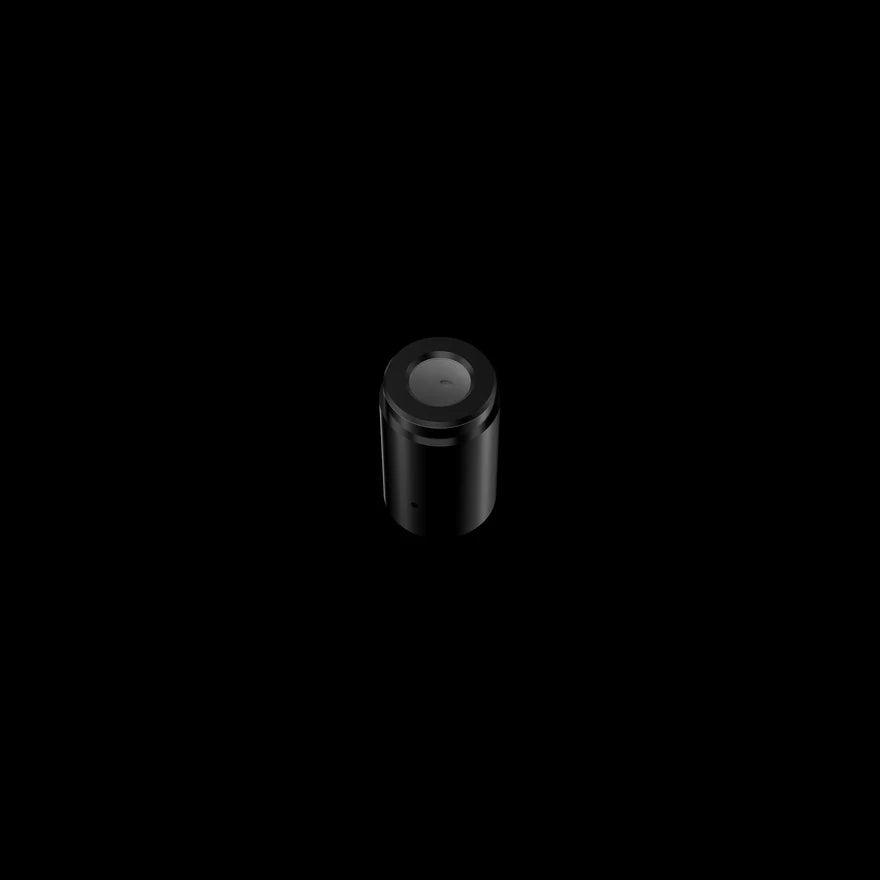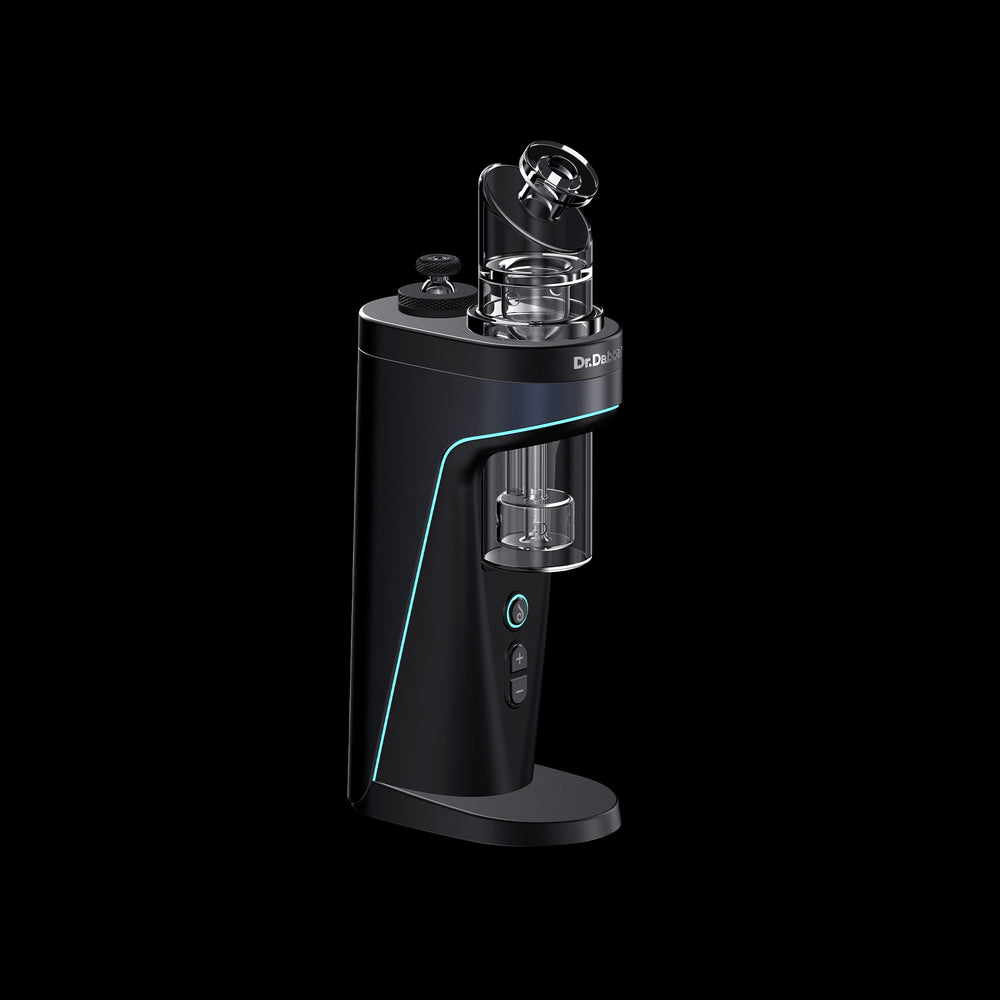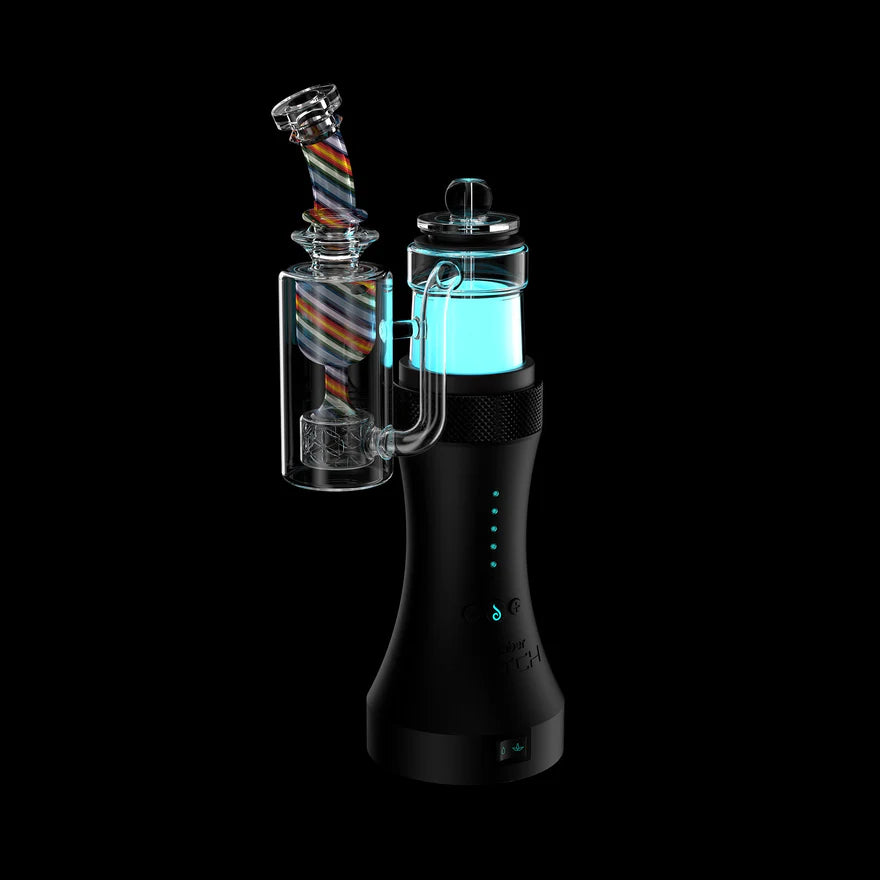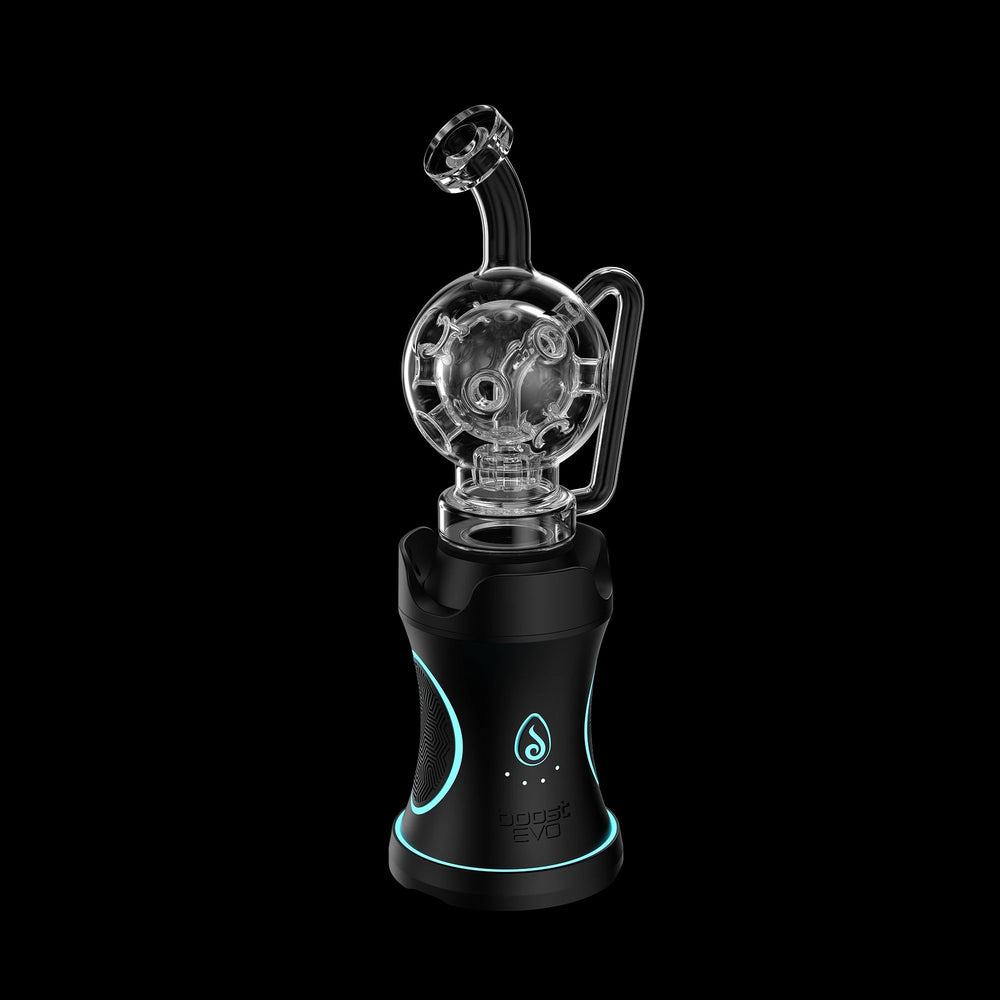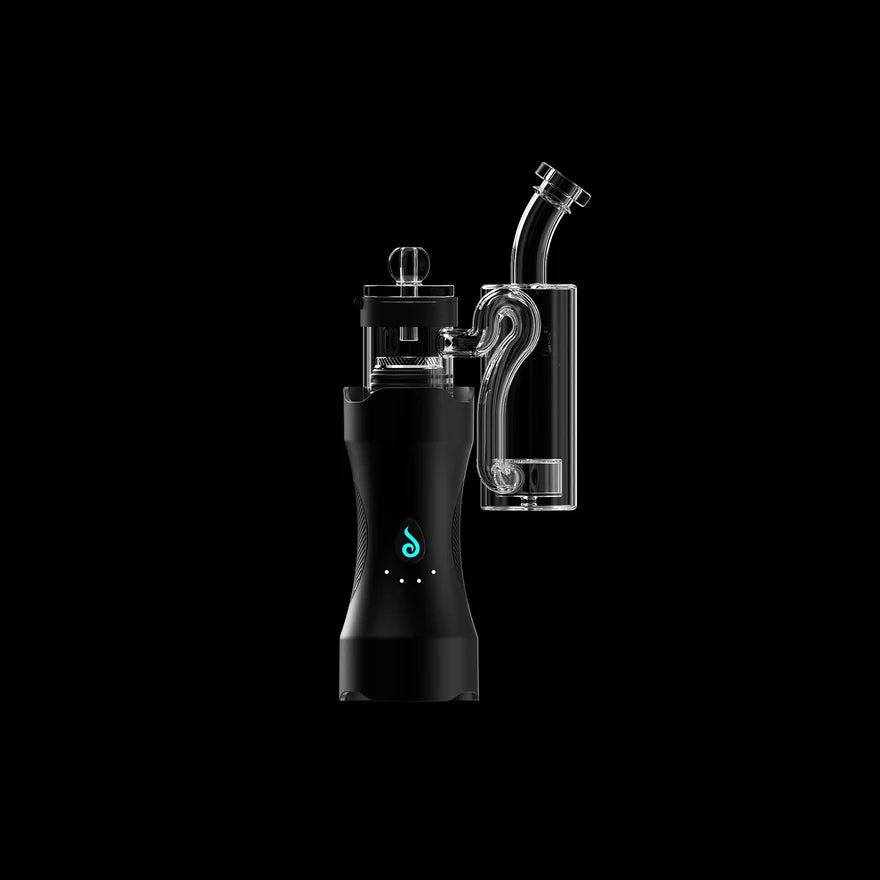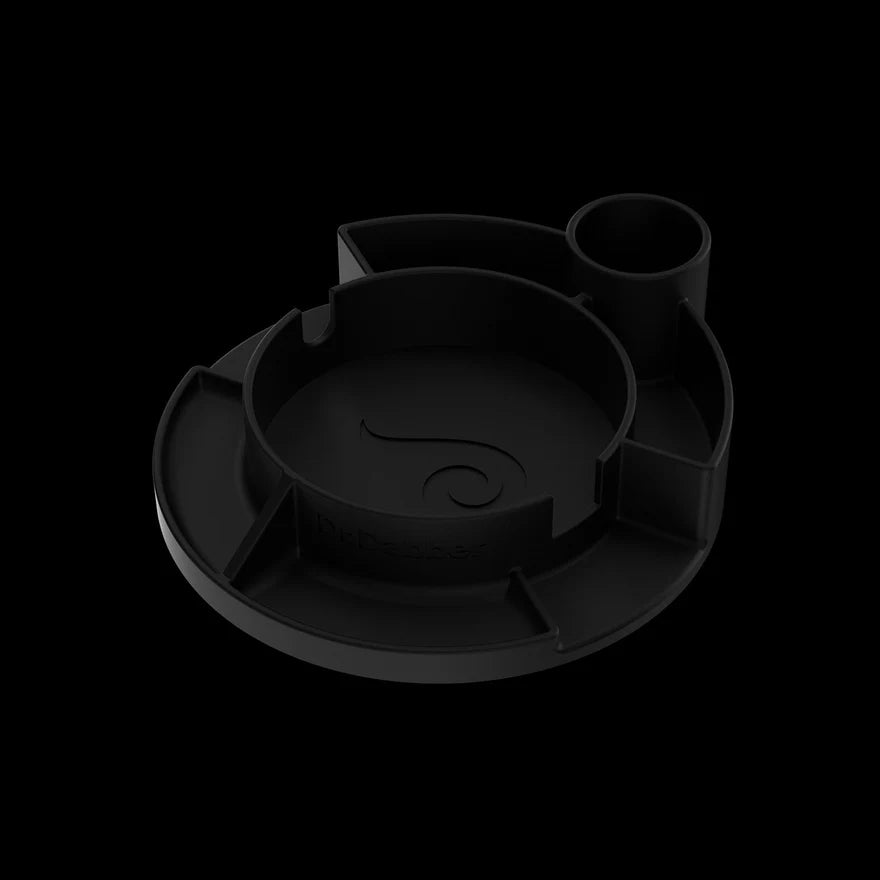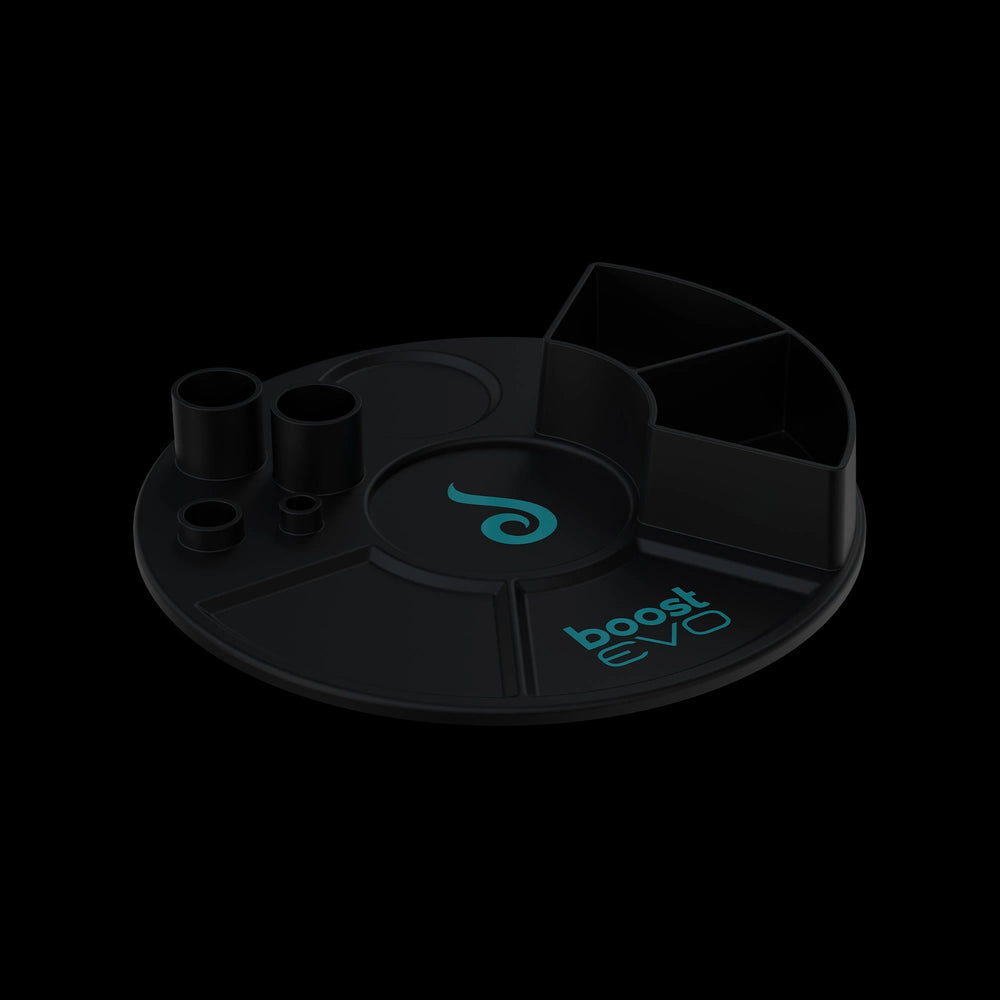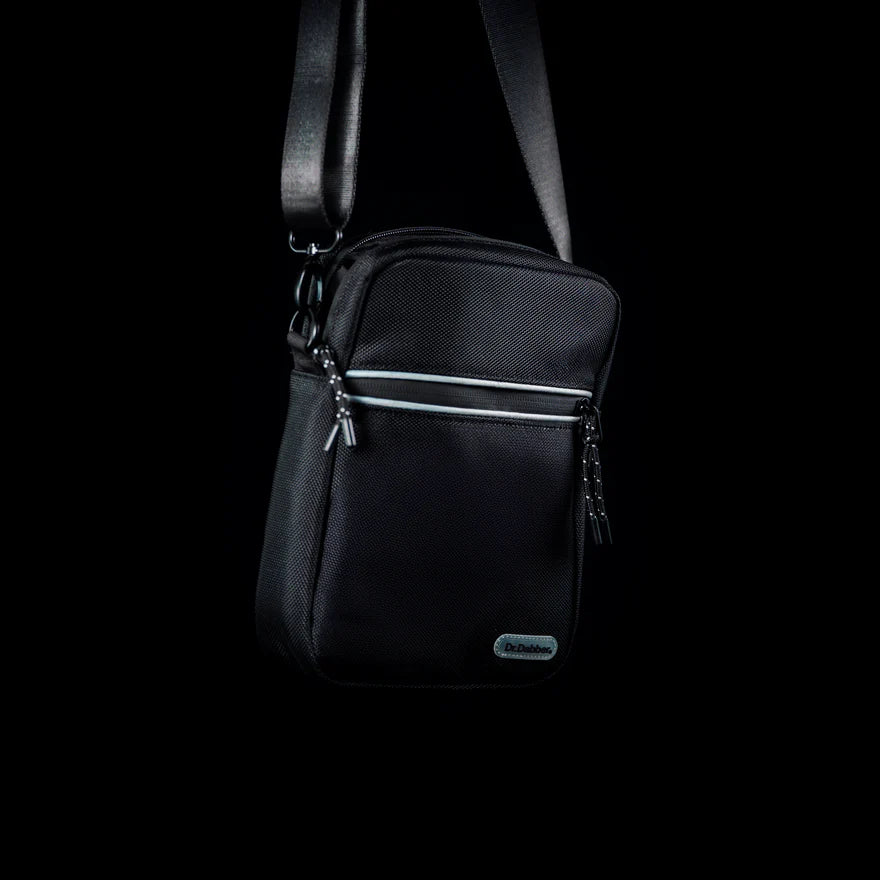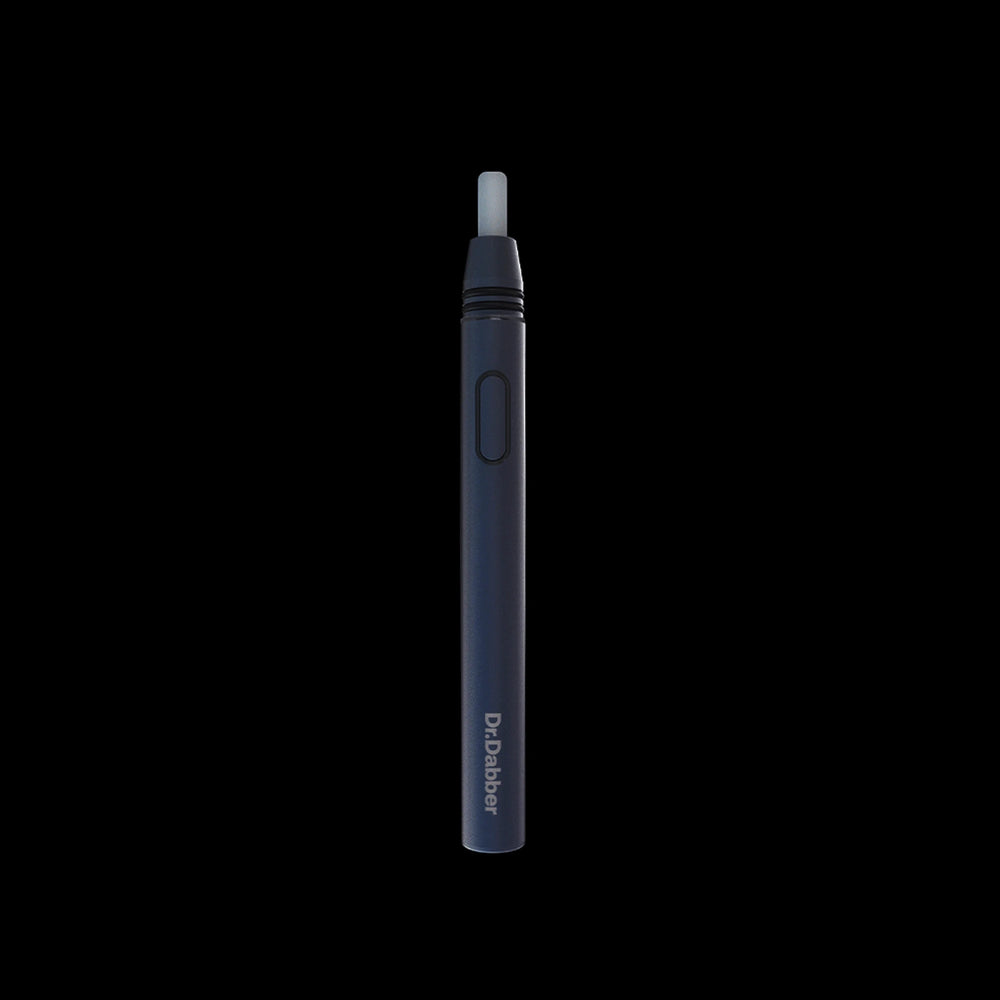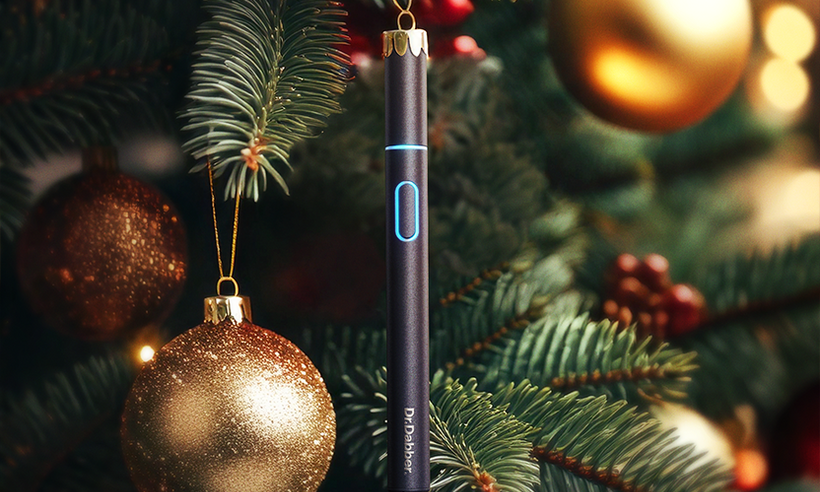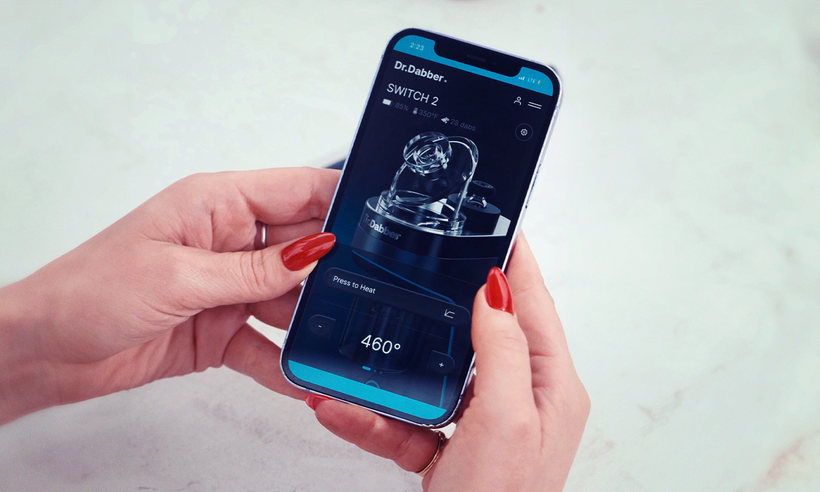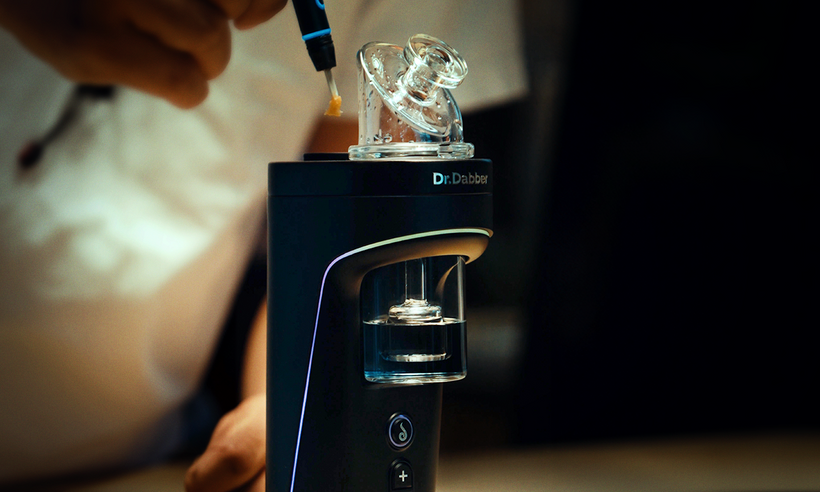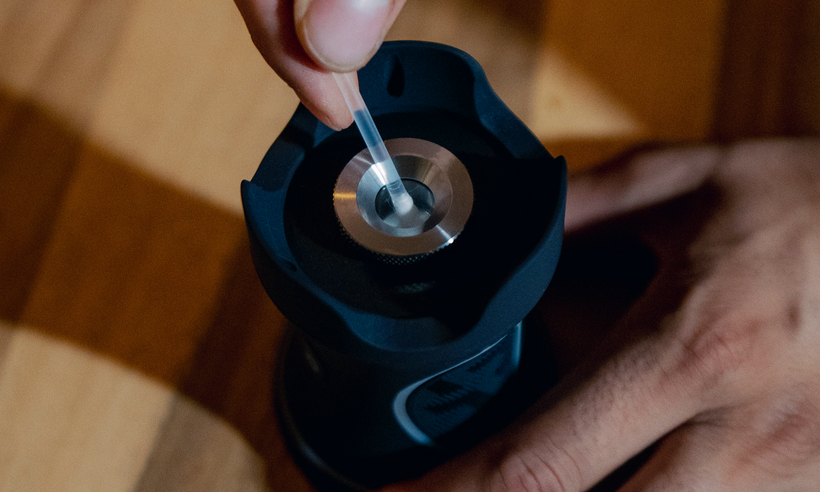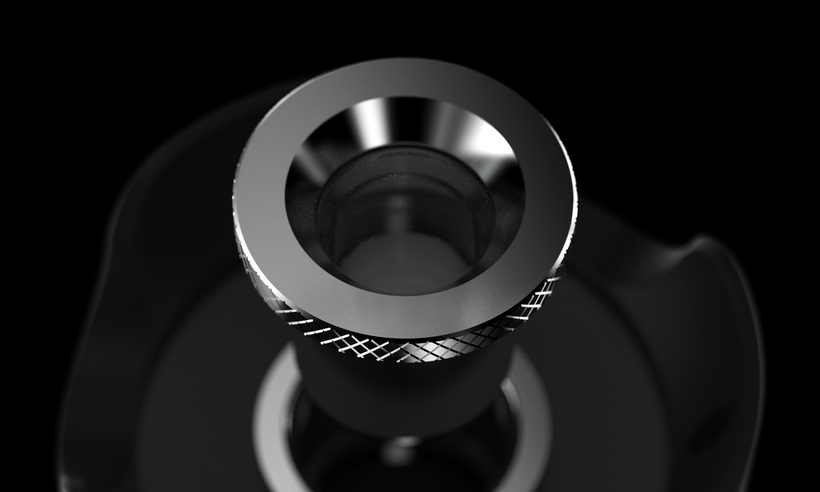Your cart is empty.
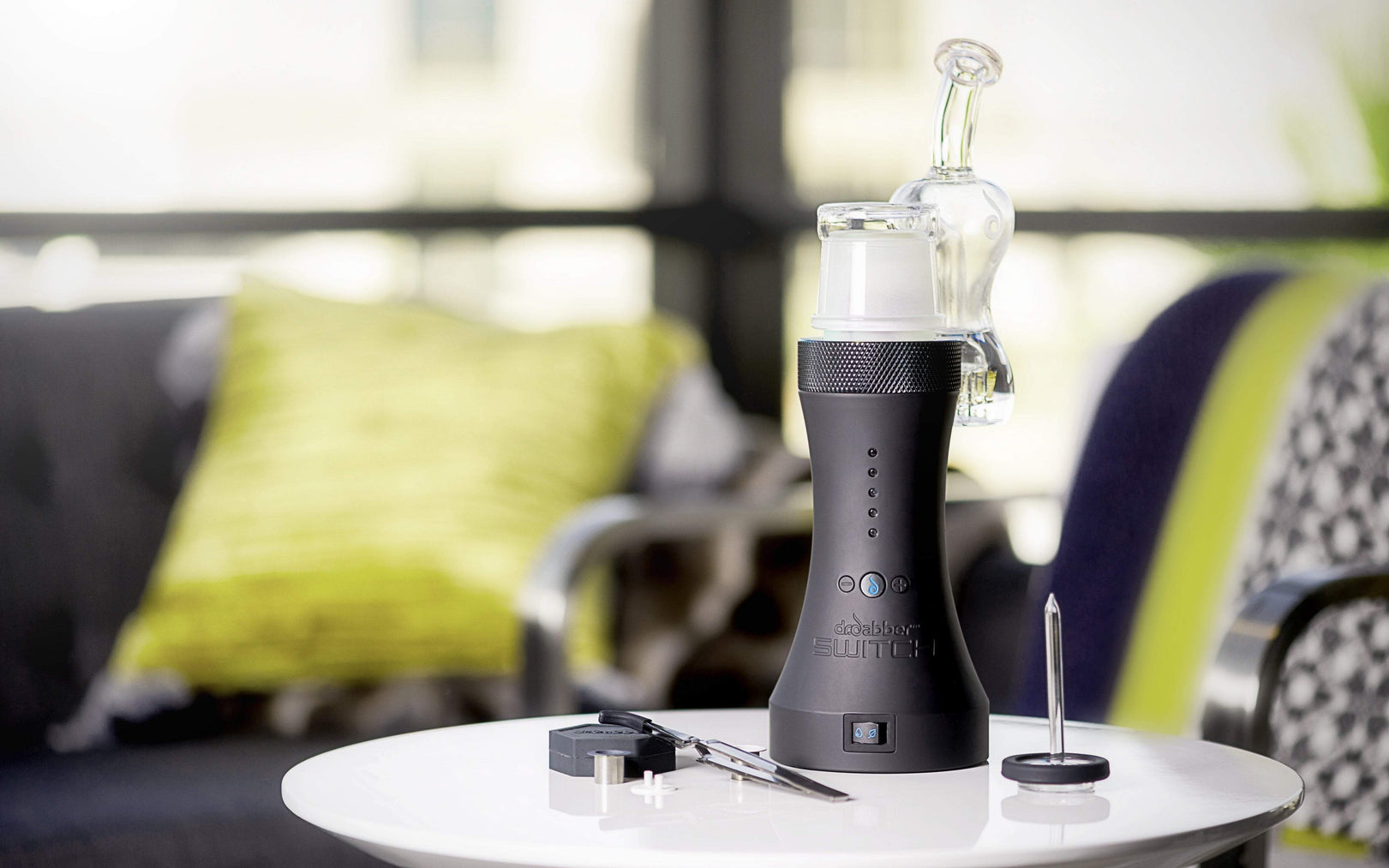
For years, vaporization was a novel way of consuming cannabis, often viewed as a ‘next-level’ technique for users bored with standard combustion. As legal markets have grown, the introduction of vaporization-friendly products like cannabis oils and other concentrates—as well as more discreet and portable flower vaporizers—have made this consumption method increasingly popular.

Induction technology helps the Dr. Dabber Switch heat up quickly.
Thanks to a swelling market of vaporizers fine-tuned for different purposes, these tools are now often the point of entry for many new and returning cannabis users. But despite this surge in interest and an explosion of available tools, most cannabis vaporizers lean on just two technologies to achieve vaporization—conduction and convection.
Conduction vapes rely on direct contact between dry flower or cannabis concentrates, heating the THC present in these substances to its boiling point for easy inhalation. Convection vapes, meanwhile, employ heated air to achieve the same result. While these two methods have their differences, they share one thing in common—a reliance on resistive heating.
The engineers at Dr. Dabber, though, have been working overtime to introduce a whole new kind of technology to cannabis vaporizers. The company’s new flagship vape, the Switch, employs wireless energy transfer to heat flower and concentrates alike via induction heating.
Why Induction Heating is Great for Cannabis
Induction is a proven method of delivering power wirelessly—it’s already being employed by technology like wireless phone chargers. When it comes to vaporizing cannabis and concentrates, there’s a lot to like about induction heating as well.

Induction power heats the bowl of the Dr. Dabber Switch without direct electronic contact.
Because all of the energy transfer is accomplished wirelessly via magnetic fields, the electronic components of the vaporizer can be sealed off from the parts that actually heat up. These connections are common points of failure in traditional vaporizers, as the proximity to heat and fumes can contaminate parts or short them out entirely. Since there’s no direct connection between the power source and the heating element, induction heating can totally avoid those issues.
Induction heating also boasts excellent thermal response times, meaning that it moves between different temperatures very quickly and precisely.
“Comparing induction to typical heating methods is like comparing the family SUV with a Formula 1 race car,” says Dave Petryk, chief engineer for Dr. Dabber. “Induction is fast, precise, and agile, allowing more flexibility and a huge array of easily adjustable heating profiles. It’s the sort of precision vaping experience that will be the future of this industry.”

Precision controls make the Dr. Dabber Switch a great option for vaporizing concentrates and flower. (Courtesy of Dr. Dabber)
Induction heating also allows engineers to minimize the flow of air over material as its being vaporized. That’s a big benefit for cannabis users looking to get all of the THC present in their product, because too much airflow can actually impede proper vaporization. Many cannabinoids, including THCA, the precursor molecule of THC, only activate at high temperatures. But the presence of oxygen can interfere with this process, known as pyrolysis, leaving some THCA unconverted to the THC that most consumers are looking for.
Induction in Practice
If induction holds so much promise for cannabis vaporizers, why is it only now making its debut? Simply put, it’s a harder process to get right. Petryk’s team at Dr. Dabber has been working for two years to get the Switch ready for prime time.
“The design process required us to dance, chew gum, and juggle at the same time, because changing any part of the design affected everything else,” says Petryk. “Arriving at the right mix of components, layout, interconnection, current density, coupling, and numerous other factors was a real challenge.”

The Dr. Dabber Switch in action.
Achieving the precise control over temperature the Switch affords was particularly difficult, says Petryk. But after two years of designing, testing, tweaking, and going back to the drawing board, Dr. Dabber’s engineers have perfected a control system that can adjust temperatures on the fly with unprecedented precision and speed.
That tight control is reflected in the 85 multi-phase vaporization settings available on the Switch. With that plethora of options at their fingertips, users can not only customize their cannabis experience, but experiment with vaporization techniques that aren’t possible on other devices.
“The Switch is poised to set new standards and expectations for cannabis vaporizers,” says Petryk. “It will fundamentally change the way we vape from now on.”









